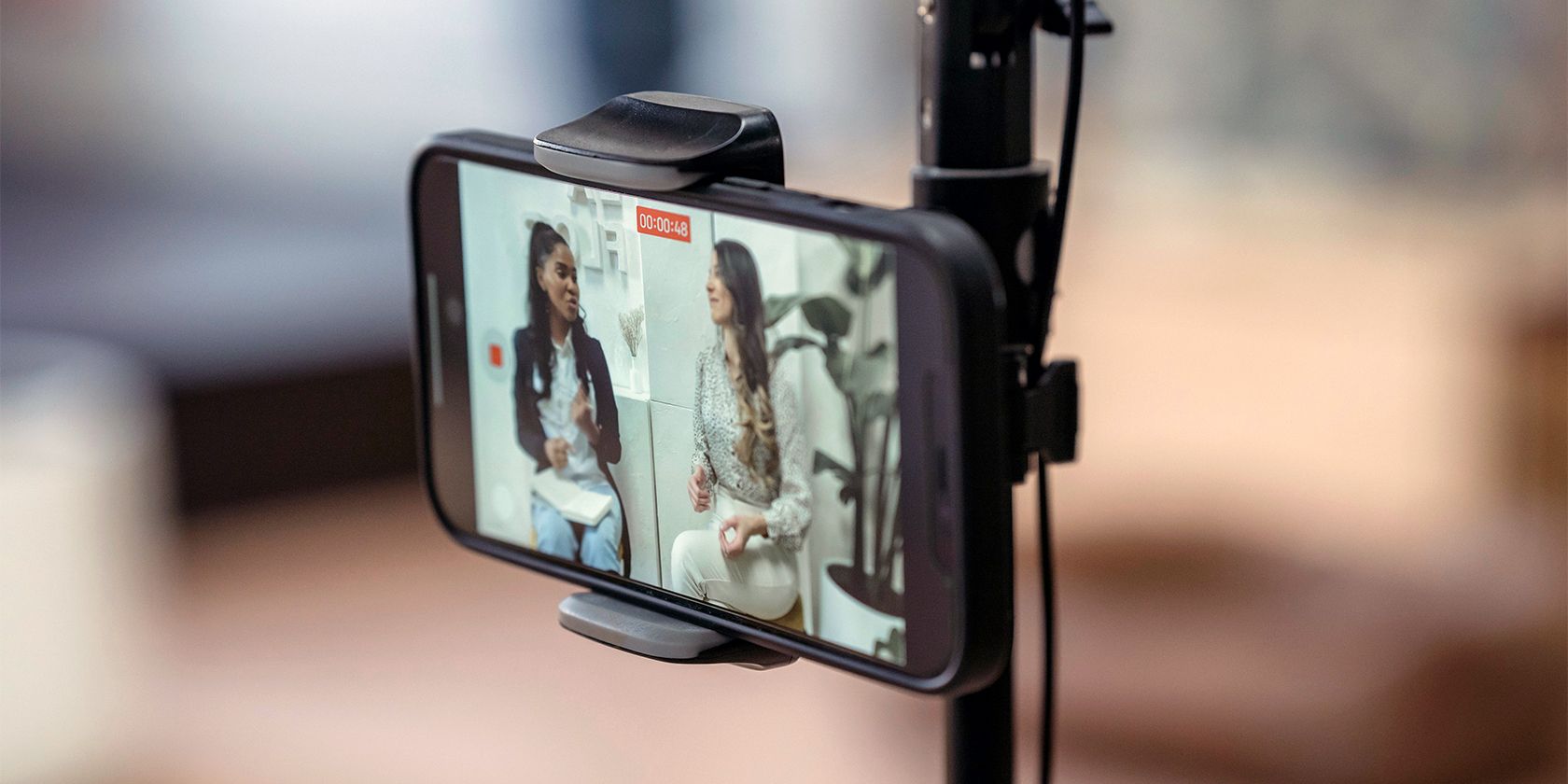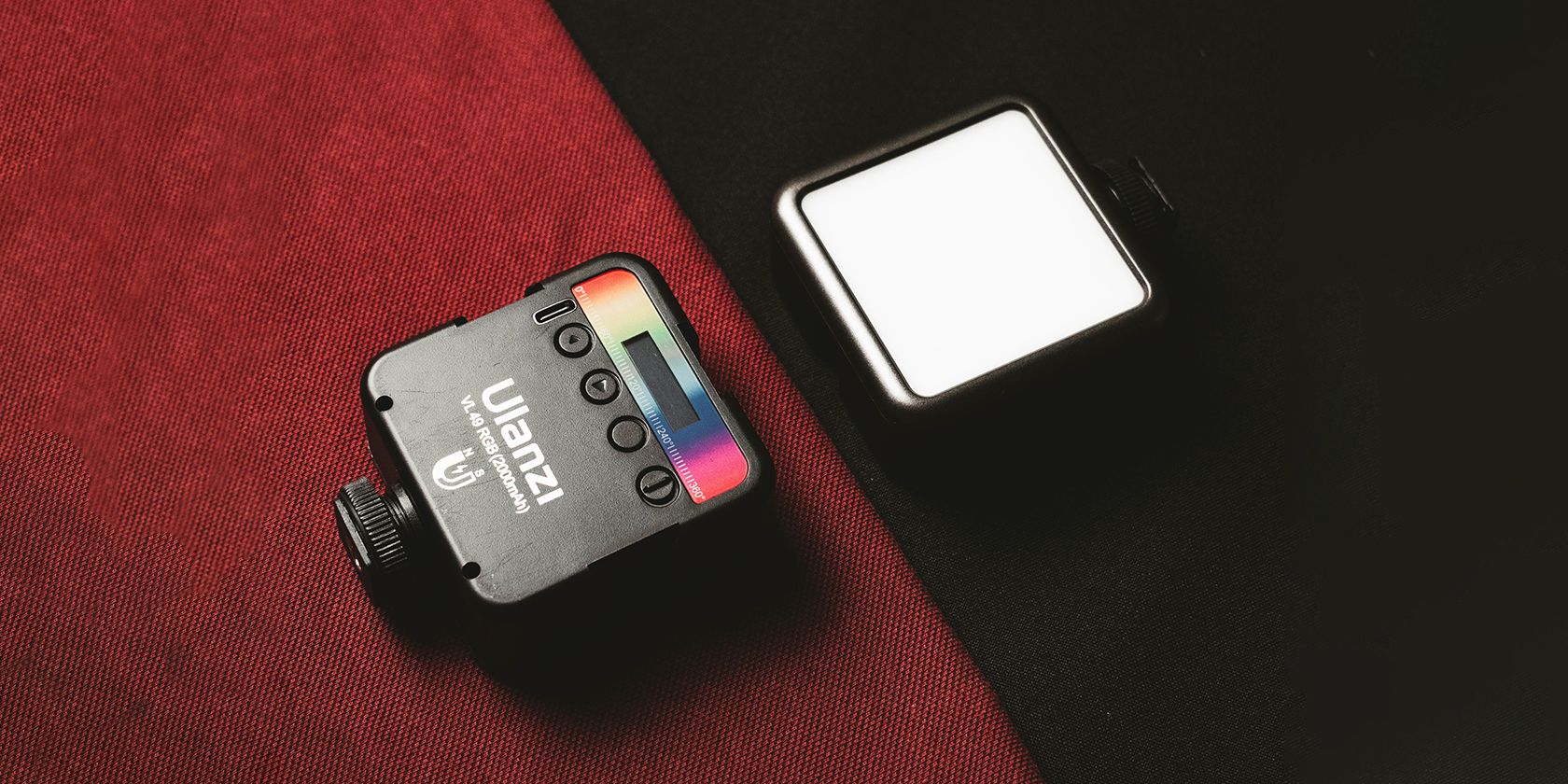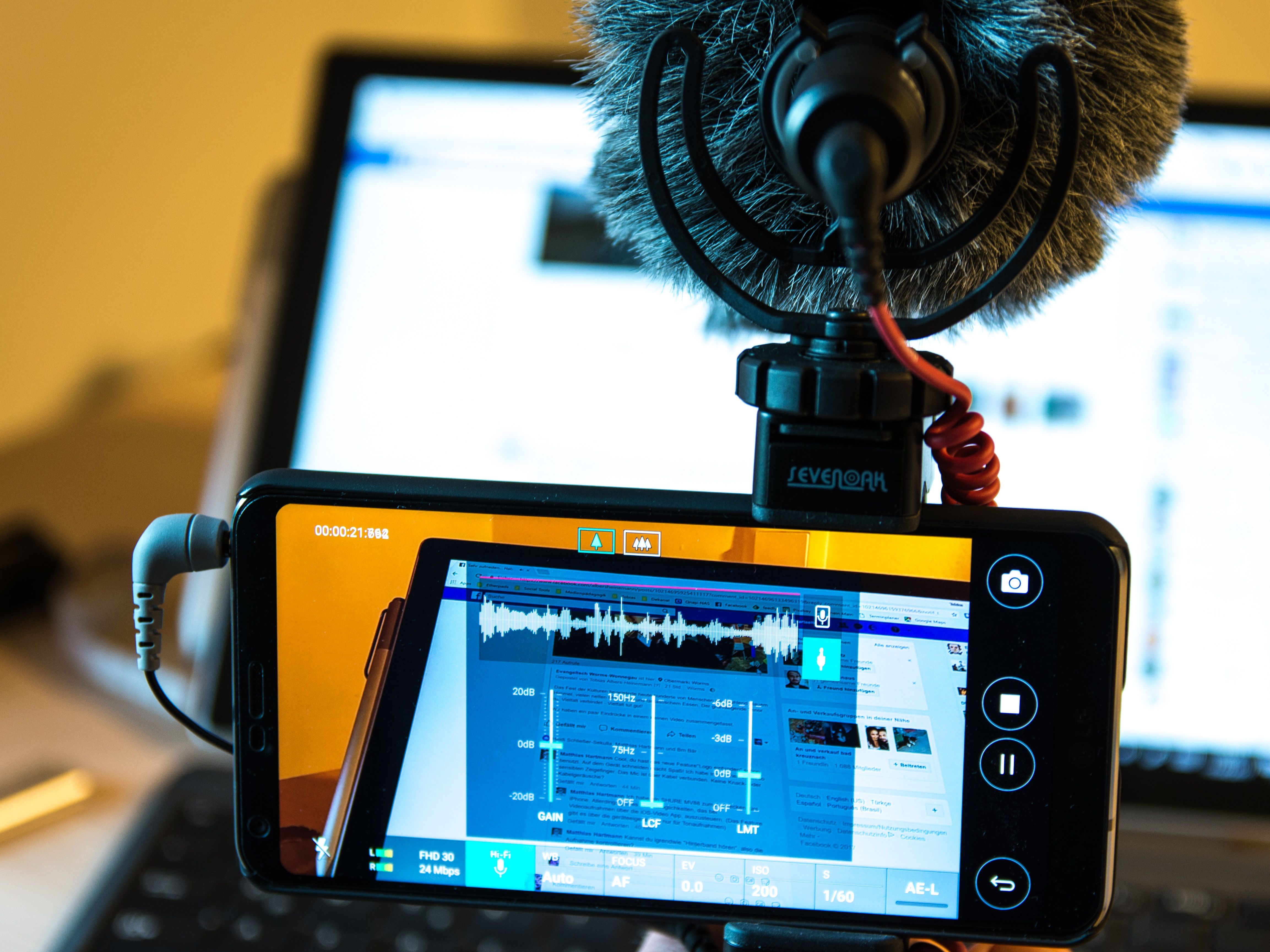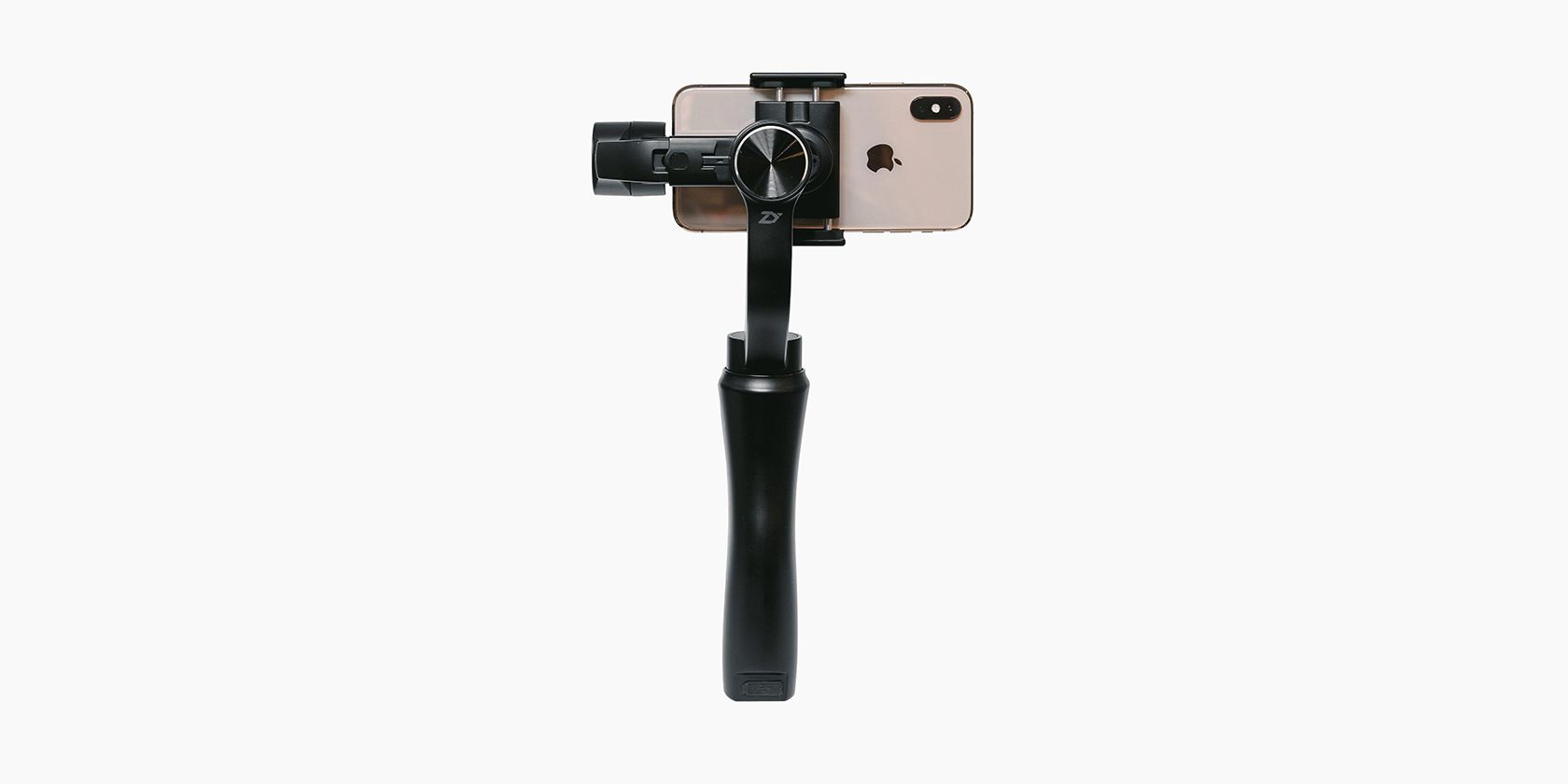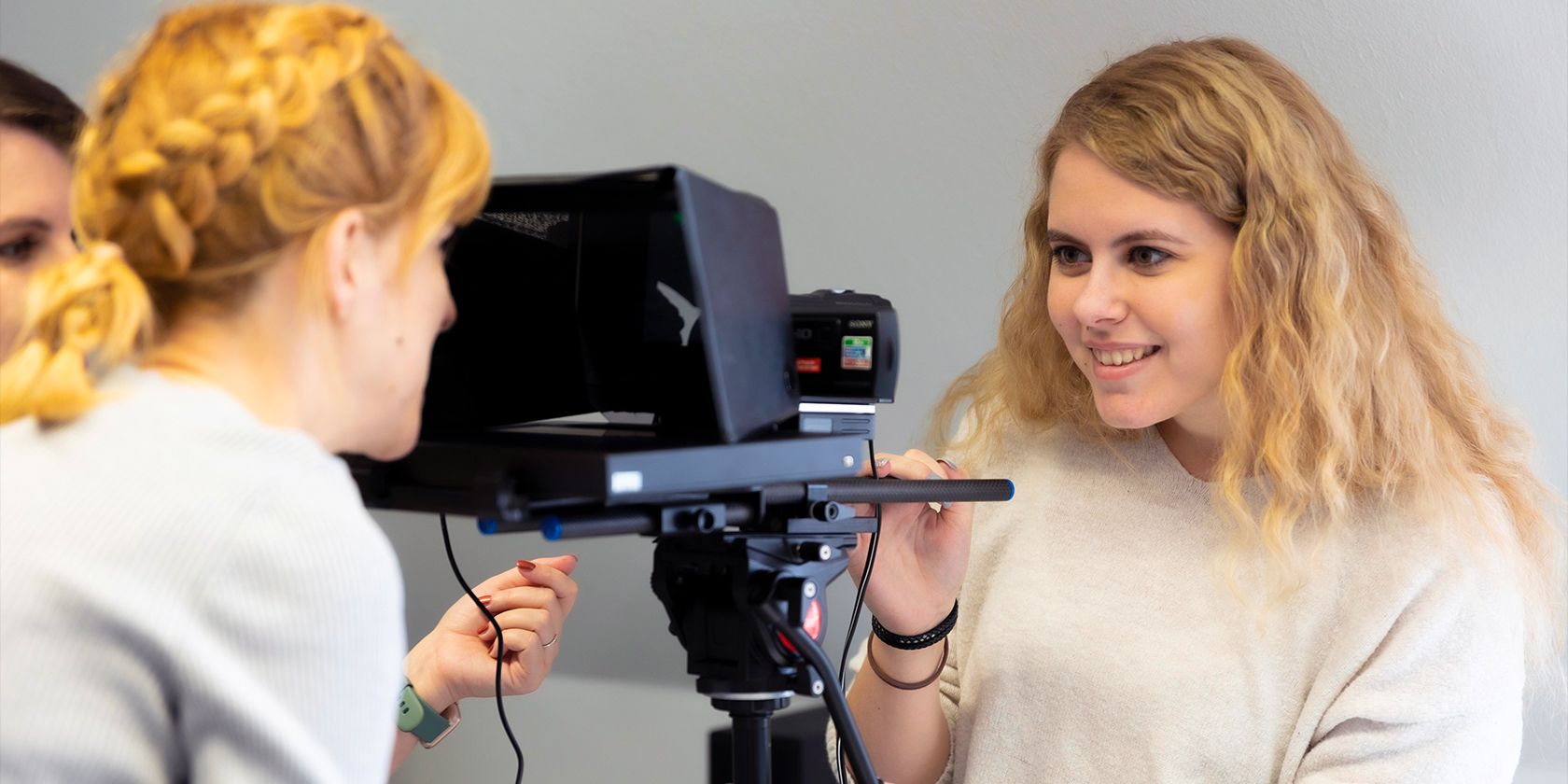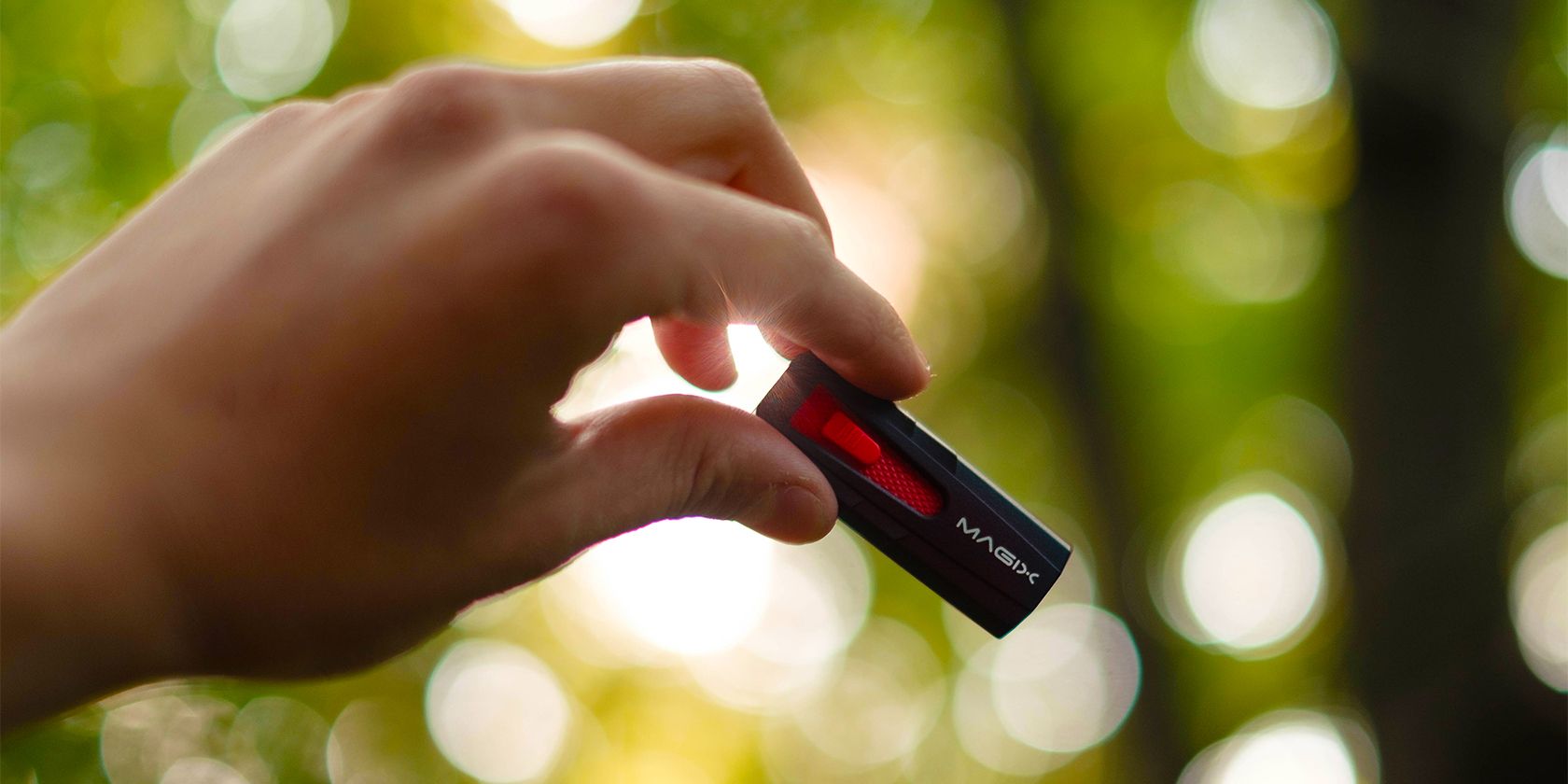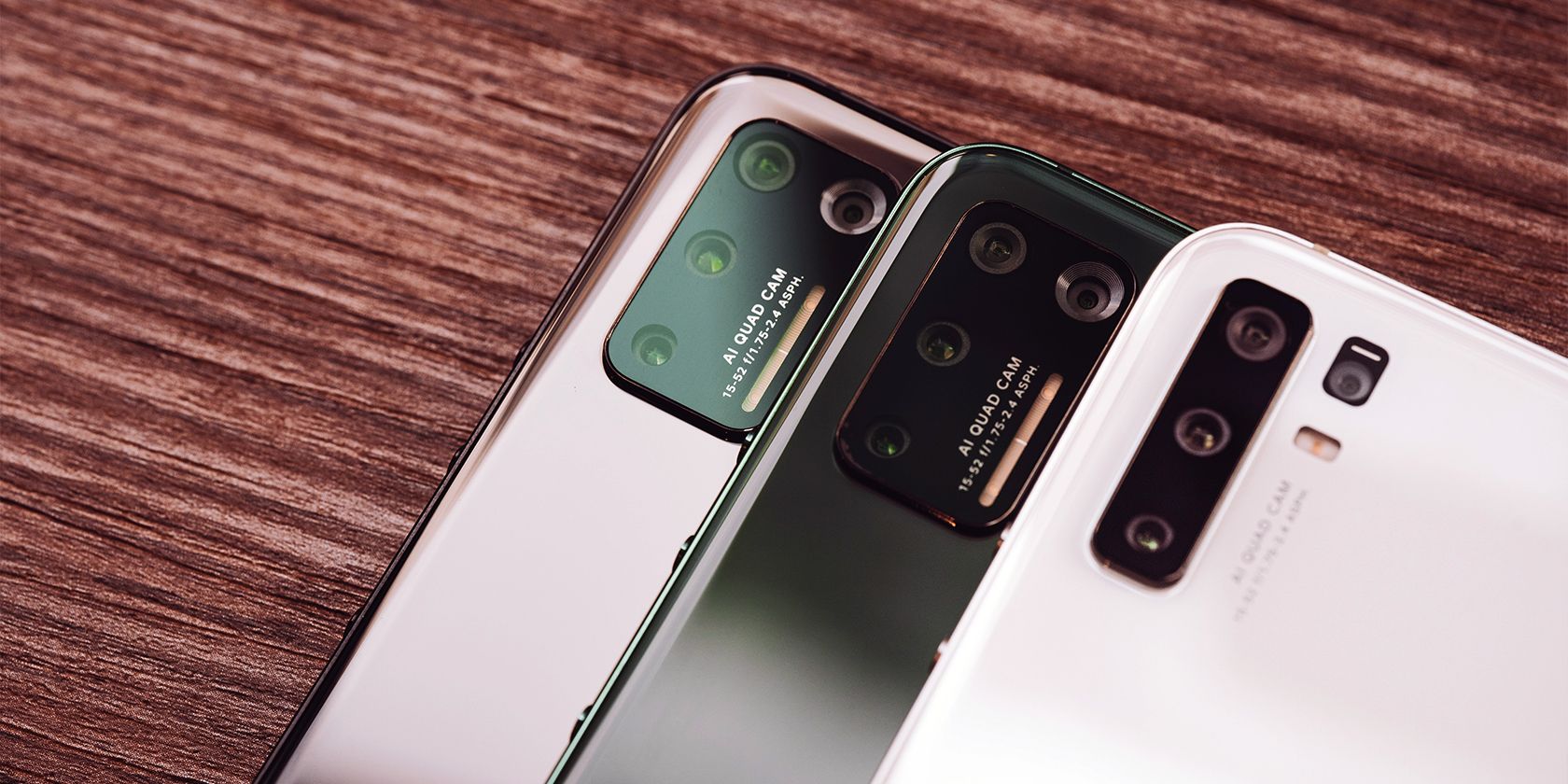Vlogging is an excellent hobby that you can turn into a side gig. But if you want to start creating high-quality videos, you have to invest in your gear.
You don’t need to spend thousands of dollars on a professional camera. Instead, you can get or upgrade other accessories that will help you produce professional-level videos straight from your smartphone.
So, what equipment, software, and services should you prioritize for smartphone vlogging? Here are some items to consider.
1. Portable Lights
Whether you’re recording videos indoors, outdoors, or in a studio, it’s good to have at least one or two portable lights on you. That’s because you can use them to ensure your audience sees you clearly, especially in challenging lighting conditions.
There are several affordable options like portable LED video lights and LED ring lights. And, if you’re planning to shoot indoors or in a home studio primarily, you can even get softbox or umbrella lights for softer highlights and shadows.
Of course, once you have your equipment, you should also know how to use them. Depending on the effect you want to achieve, you can use several lighting techniques while vlogging, such as three-point lighting, butterfly-lighting, or low-key lighting.
2. External Microphone
While smartphones have improved the quality of their built-in microphones, there’s still no substitute for a proper standalone microphone. After all, while your audience might endure a poor-quality video recording, it’s very difficult to listen to audio with degraded quality. If your viewers can’t hear you or can’t understand what you’re saying, they won’t watch you.
If your smartphone still has a 3.5mm audio jack, you can use any equipped mic with it. You can even use 2.5 to 3.5mm adapters to convert traditional microphones used by professionals into something you can attach to your phone.
However, if you’re using a flagship device without a jack, several USB-C microphones are available on the market today. And if you’re using a Lightning-equipped iPhone, you can use a USB-C to Lightning adapter to use professional-level microphones for your vlog.
3. Tripod
Wherever you plan to record, you must have a tripod to hold your smartphone when recording. Shaky handheld videos aren’t great to watch. They give off an amateurish vibe, and if you’re moving around, it can even induce dizziness and nausea in your viewers.
A tripod will let you have a completely stable video, and you can even use them for simple movements, like panning and tracking, as long as you have a camera operator. Some smartphone tripods also double as selfie sticks, perfect for walk-around and travel vlogs.
4. Smartphone Gimbal
You should consider getting a smartphone gimbal if you plan on shooting B-roll footage. The stability and smooth movements this device delivers allow you to have professional-quality recordings of the scenes and objects you’re capturing.
Furthermore, some models even allow automatic subject tracking, giving you the freedom to walk around in a scene without requiring a camera operator to keep you in the frame.
5. Teleprompter
The teleprompter is a crucial tool to keep yourself engaged with your audience. After all, eye contact is vital in public speaking. While you’re not directly speaking to people when you’re creating a vlog, you still need to make eye contact with the camera so your viewers will feel as if you’re talking to them directly.
Furthermore, it’s not unreasonable to have a copy of your script, especially when you’re recording a talking-head video. If you didn’t memorize what you want to say in your vlog and look at a copy of your script, you’d be looking off-camera, thus breaking eye contact.
Teleprompters are affordable, but if you don’t want to spend money on one, you can simply use a smartphone or tablet. While a secondary smartphone or screen positioned near the camera lens might do the trick, keen-eyed observers will still notice you’re not looking at them directly.
6. Video Editing Apps
Unless you’re only doing live videos, it’s imperative to have a video editing app on your smartphone. You need these apps to cut out bloopers, improve color quality, and splice clips to make a coherent, smooth-flowing video.
You can also use these apps to create an intro and outro clip, which you can use to remind your watchers of who you are, or add effects and other on-screen elements to make your videos more appealing.
If you’re new to video editing, or if it is not your forte, you can check out our video editing tips to get you started. Alternatively, you can hire a professional video editor to do the job for you.
7. External Storage
Video recording takes up a lot of space. This is especially true if you’re recording in 4K HDR quality. Even Full HD videos can quickly use up your smartphone’s storage space.
If you think that 512GB is ample space for keeping your footage, you’re mistaken. 512GB can usually only hold about four hours of 4K or 24 hours of 1080p Full HD video footage. This doesn’t even take into account the phone’s operating system, the apps you’ve installed, and other data you have on your phone.
Furthermore, 512GB storage is typically only found in the top-end variants of the latest flagship models. If you’re using a lower model, you would probably only have 64GB to 256GB of storage.
So, if your phone is capable, you should install the biggest possible microSD card it supports. Otherwise, it’s wise to invest in either a Lightning or USB-C flash drive where you can save your videos after recording and editing them.
8. A Decent Smartphone
While most mid-range smartphones provide decent video quality nowadays, they usually struggle in challenging lighting conditions, like high-contrast or low-light scenes. If you’re looking to get a new smartphone and plan to start vlogging, consider getting a flagship model.
The Samsung Galaxy S22 Ultra and the Apple iPhone 13 Pro Max both got glowing reviews for video recording, so those are models you should consider. While you can also get a vlogging camera instead of a smartphone, these are bulkier and more intrusive than smartphones.
Furthermore, you can’t use them for anything except taking photos or recording videos. You can’t even do extensive editing on them. That’s why a smartphone might be a better option.
Start Vlogging on Your Smartphone
You don’t have to invest in an expensive camera to start vlogging. But once you have your channel and want to improve the quality of your content, these are the items you should prioritize. Not only will they allow you to have more visually appealing content, but they’ll also make you a better and more effective storyteller.

